Charging 101
𐓏 Charging 101 𐓏
From the development of electric vehicles to the rise of charging infrastructure
Isaac Newton said: "If I have seen further than others, it is by standing upon the shoulders of giants."
1. The birth of the first electric car in the world
1.1 Exploration before the invention of the electric car (early 19th century)
In 1820s, Ányos István Jedlik, the Hungarian physicist and engineer, was inspired by the study of the direct relationship between electric current and a magnetic field published by Hans Christian Ørsted, the Danish physicist and chemist, and Jedlik launched a series of experiments.
In 1827, Jedlik began experimenting with electromagnetic rotating devices, which he called "lightning magnetic self-rotors." Jedlik built the first electric motor in the world, and consequently he is known as the "Father of DC Motors."
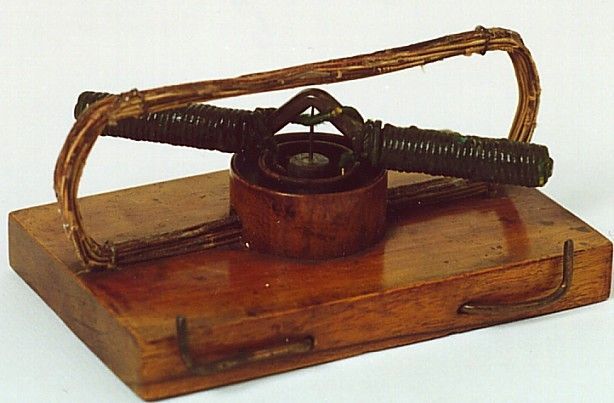
Source:Wikimedia Commons (visit the website)
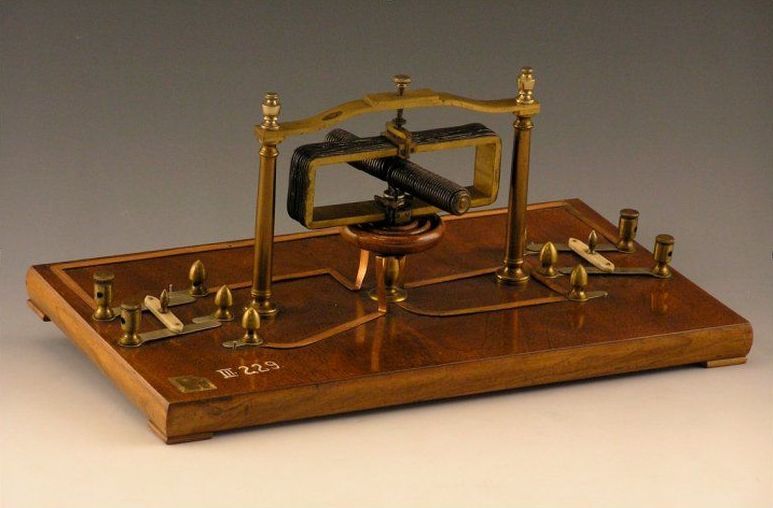
Source:Wikimedia Commons (visit the website)
Soon after, in 1828, Jedlik combined a device containing three main components—a stator, a rotor, and a commutator, and tested the electromagnetic rotational motion device in the laboratory. He also demonstrated the first small model car driven by an electric motor.

Source:ICSGSC 2020 (visit the website)
1.2 The first electric car in the world
Between 1832 and 1839, Scottish inventor Robert Anderson equipped a carriage with a non-rechargeable battery and an engine, and invented the first electric carriage in the world. As a side note, rechargeable batteries have not been created yet, so the non-rechargeable batteries were used then.
In 1834, American inventor Thomas Davenport and his wife Emily Davenport developed a battery-powered electric motor and built the first electric car powered by a DC motor together.
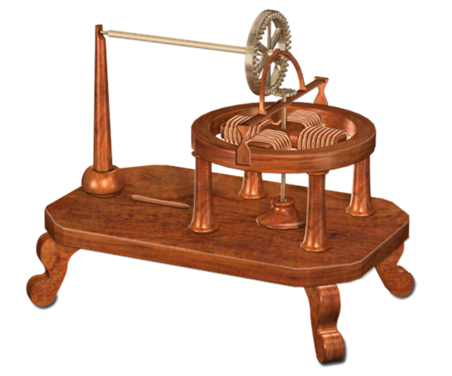
Source:Edison Tech Center (visit the website)
In 1837, Scottish inventor Robert Davidson invented the devise called "Electric Locomotive. "

Source:T. du Moncel (1883), Electricity as a Motive Power, London, fig. 32
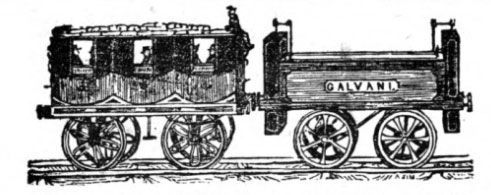
Source:Grampian Transport Museum (visit the website)
Battery technology is crucial to the development of electric vehicles because it is the main source of power.
In 1859, French physicist Gaston Planté invented the lead-acid battery, which was a battery that could recharge and discharge several times. This also solved the persistent problems in the disposable batteries since 1832.
With the ongoing advancement and improvement of battery technology, battery capacity has increased, and Nickel-cadmium batteries (NiCd battery), Nickel-metal hydride batteries (NiMH battery), etc. have also come out in the future.
From the end of the 19th century to the beginning of the 20th century, pure electric vehicles experienced a golden age, capturing up to 30% of the market. Particularly in the US, the easy accessibility of electrical infrastructure encouraged many households to adopt EVs, making it the country with the highest acceptance of electric vehicles at that time.
In 1884, British inventor Thomas Parker built an electric car in Wolverhampton, England, and even designed a steam generator to charge it.
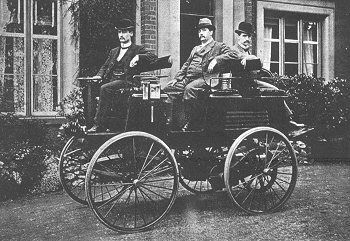
Source:BBC News (visit the website)
In the 1880s and 1890s, Scottish chemist William Morrison built the first local electric car in Iowa, USA, which was a six-seater.

Source:David A. Kirsch (2000), The Electric Vehicle and the Burden of History, New Brunswick, N.J. : Rutgers University Press.
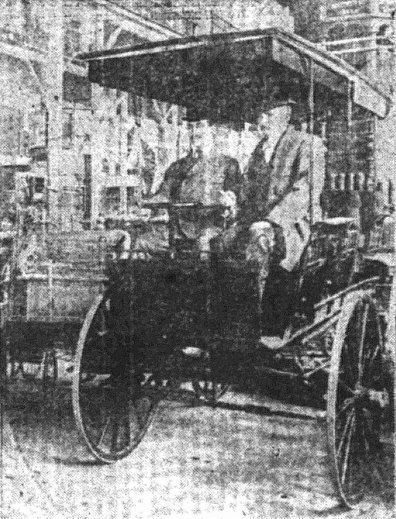
Source:Wikimedia Commons (visit the website)
In 1898, Dr. Ferdinand Porsche designed the "octagonal" electric motor and developed the Egger-Lohner C.2 Phaeton by collaborating with Viennese carriage maker Ludwig Lohner.
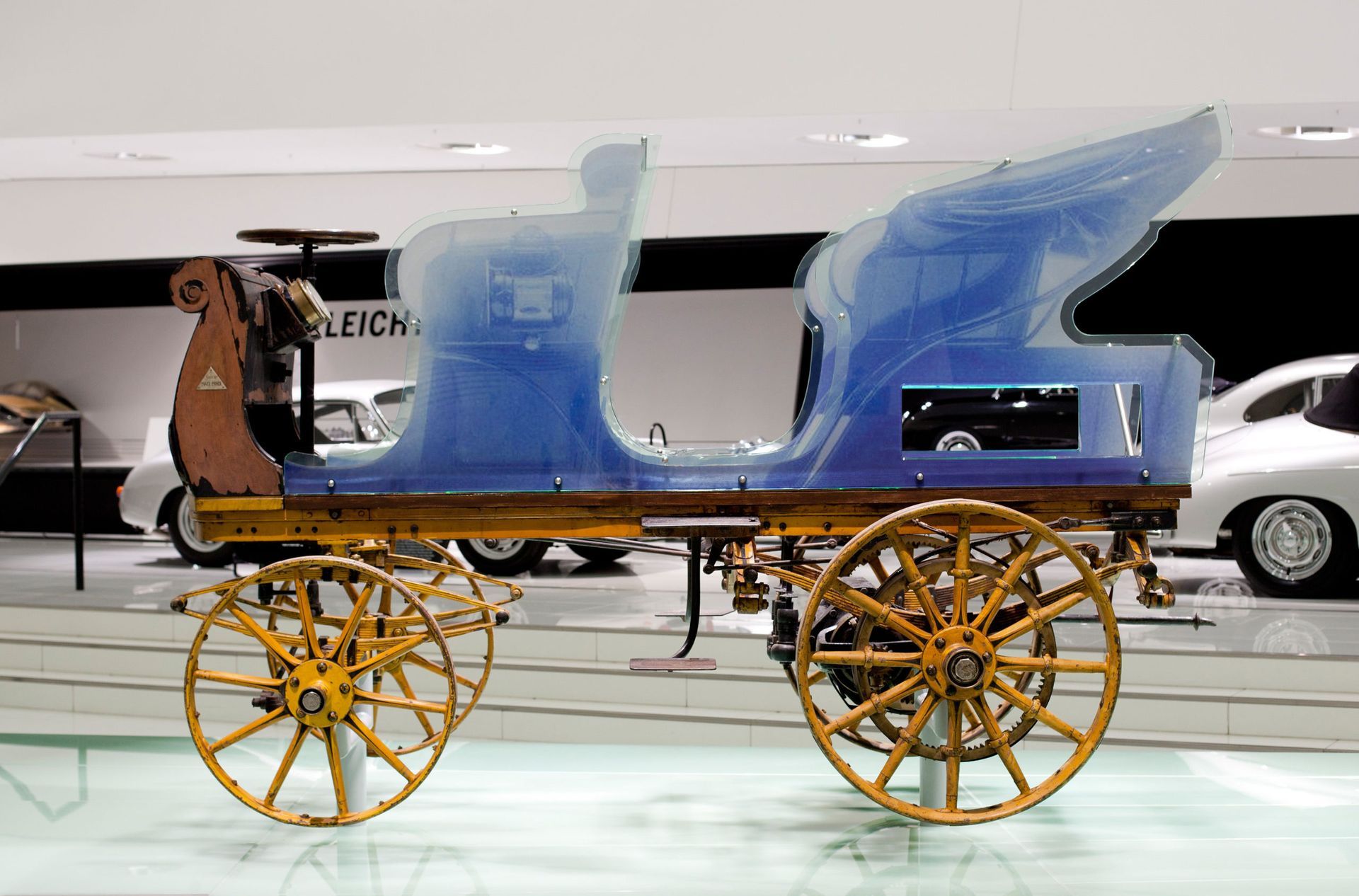
Sources:
Porsche Museum 1898 (visit the website), Prestige Electric Car (visit the website)
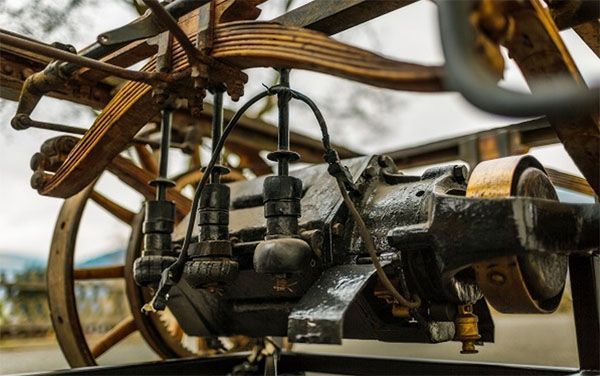
Source:Prestige Electric Car (visit the website)
In 1900s, Dr. Ferdinand Porsche once again combined a battery-powered hub drive with a gasoline engine, and the world's first fully functional full hybrid car, "Semper Vivus" (Latin for "Always Alive"), was born.
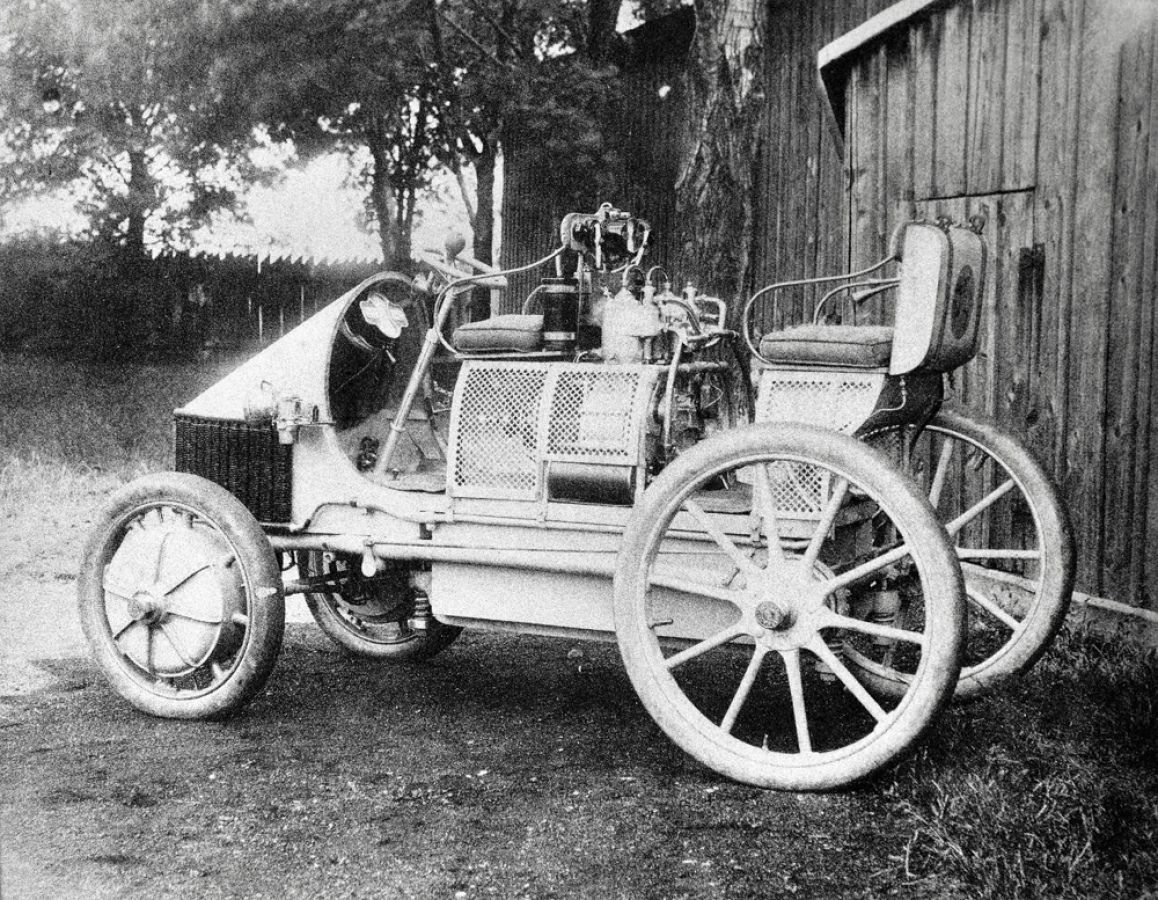
Source:Porsche Museum 1900 (visit the website)
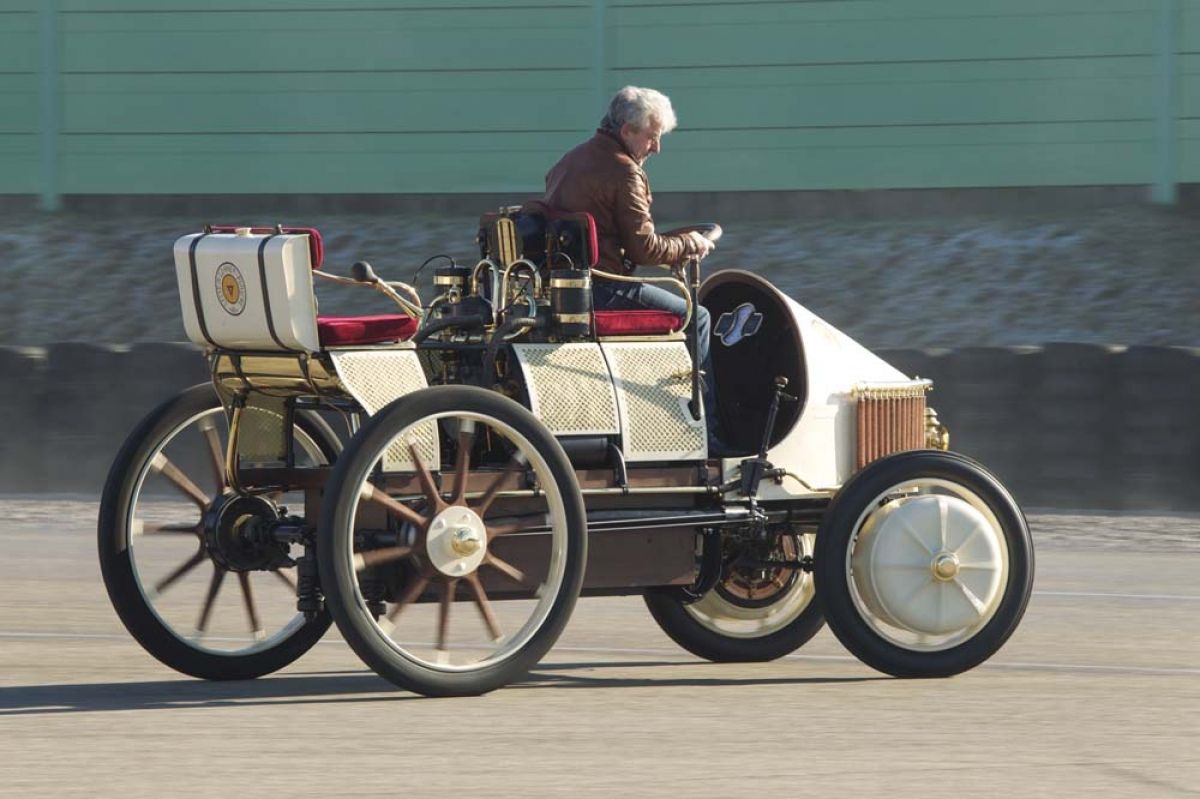
Source:Porsche Museum 1900 (visit the website)
Need more help?
Please submit a business support request and our experts will get in touch with you.

Business & Products



Business & Products



Business & Products


